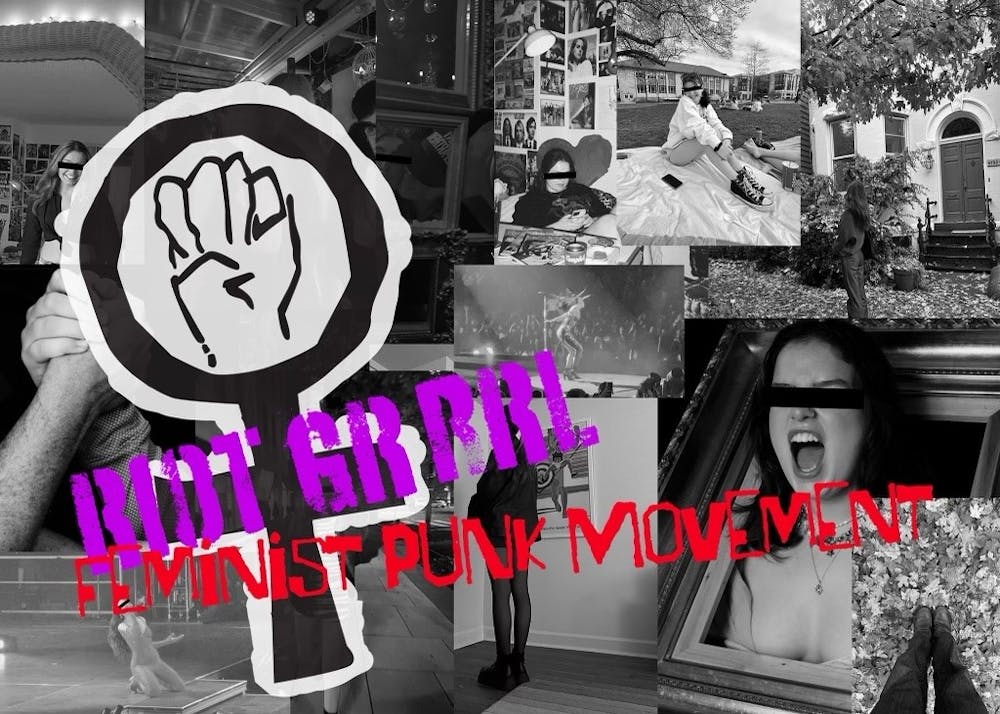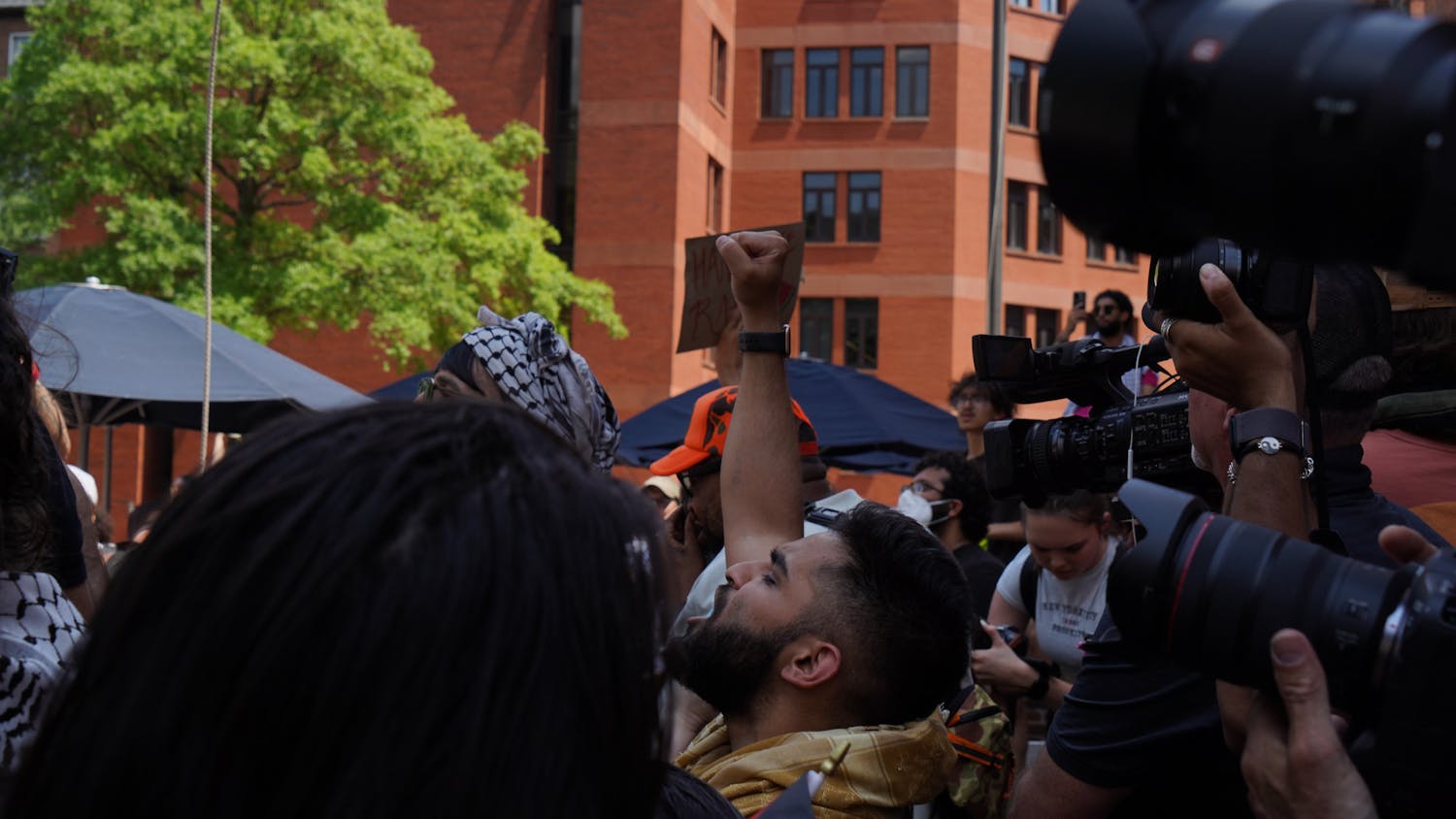In the early 1990s, as Bikini Kill was playing what would become one of their most infamous shows, singer Kathleen Hanna yelled the legendary words “girls to the front!” and a movement started.
Riot Grrrl music at its purest form drew attention to the issue of why women were being excluded from spaces built for musicians and music.
Starting with the emergence of punk and alternative music in the ‘60s to the early ‘70s, women were constantly pushed out of predominantly male spaces. Bands like Blondie, Joan Jett & the Blackhearts and Siouxsie and the Banshees, while popular, seemed to be an exception when it came to well-known bands.
There wasn’t a lack of women within the music industry — some of the most popular artists of the time, like Blondie, had women as the face of the band. Even with the popularity of specific bands and artists, women were still largely ostracized from the industry. Since 1970, 439 songwriters have been inducted into the Songwriters Hall of Fame. Only 31 are women.
To understand how and why Riot Grrrl music emerged, it’s important to understand that it’s never just been about the music, but also the activism that Riot Grrrl artists incited. Riot Grrrl music has never been as simple as women wanting to step out from the alternative scene created in the last two decades, they wanted a genre that was their own.
Enter the ‘90s.
Like much of the great music of today, Riot Grrrl music came out of Seattle in the early ‘90s. Riot Grrrl music was clearly influenced by punk and alternative bands of the CBGB era. Full of quick riffs and simple bass lines, Riot Grrrl is a style that can be described as aggressive, yet deeply feminine.
Tired of being excluded from the alternative scene, people like Hanna began changing the scope of what women in the music industry looked like by forcing people to pay attention to what Bikini Kill was saying. “Girls to the front” wasn’t just a one-off saying, but rather a new motto for women in the music industry. Riot Grrrl bands were both forcing their way to the front and creating a new genre of music.
Riot Grrrl music was made by women for women. Common themes within Riot Grrrl music have intersected with feminist theory, often shared with fans through the use of zines. Artists focus on issues like healthcare, violence against women, the patriarchy and other feminist ideals and theories. Social change wasn’t just what Riot Grrrl artists sang about, it was what they were directly asking for.
Today, artists like Olivia Rodrigo, WILLOW and Wolf Alice all draw inspiration from Riot Grrrl music from the ‘90s. While these artists are incredibly popular in mainstream media, the general public seems oblivious to the movement that allowed (and still allows) so many women to flourish within the music industry.
Even bands local to D.C. like Grady draw inspiration from Riot Grrrl music. Emily Yaremchuk, guitarist and lead singer for Grady, credits bands like Hole for her confidence when it comes to music.
“I saw Courtney Love using the exact same kind of power male rock stars would exercise, but she was doing it on her own terms,” Yaremchuk said. “Immediately I was like: that’s who I want to be, that’s what I want to do.”
Samantha Collings, Grady’s drummer, agreed with Yaremchuk. “I started playing the drums when I was seven and I wasn’t ever really certain that there was space for me in the world of being a musician,” Collings said. “Having people that had already done it before me was something that made me think it was possible.”
We wouldn’t have big names like Taylor Swift without the contributions of early Riot Grrrl artists. We wouldn’t have women in writing rooms demanding for their stories to be told without the severe need to hear from women. We wouldn’t have doors opened because bands like Bikini Kill, Sleater-Kinney and Bratmobile weren’t there to force them open.
Sara Marcus, a professor at University of Notre Dame, has worked to connect Riot Grrrl music to feminism in “Girls to the Front: The True Story of the Riot Grrrl Revolution.” In looking at Riot Grrrl music through a feminist lens, academics like Marcus have been able to grasp the impact that Riot Grrrl music would have on individual women and the music industry as a whole.
The music industry will continue to diversify with new artists being discovered everyday, but in understanding the success that the future brings, it’s significant to look back to recognize the Riot Grrrl movement that allowed for such diversity to flourish.
This article was edited by Sara Winick, Kylie Bill and Nina Heller. Copy editing done by Isabelle Kravis, Sophia Rocha and Stella Guzik.





